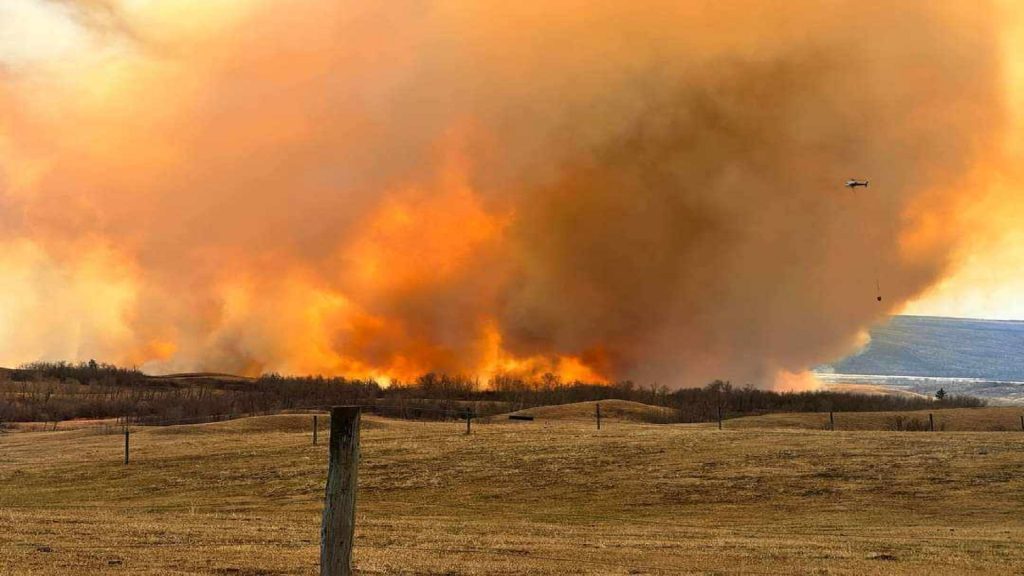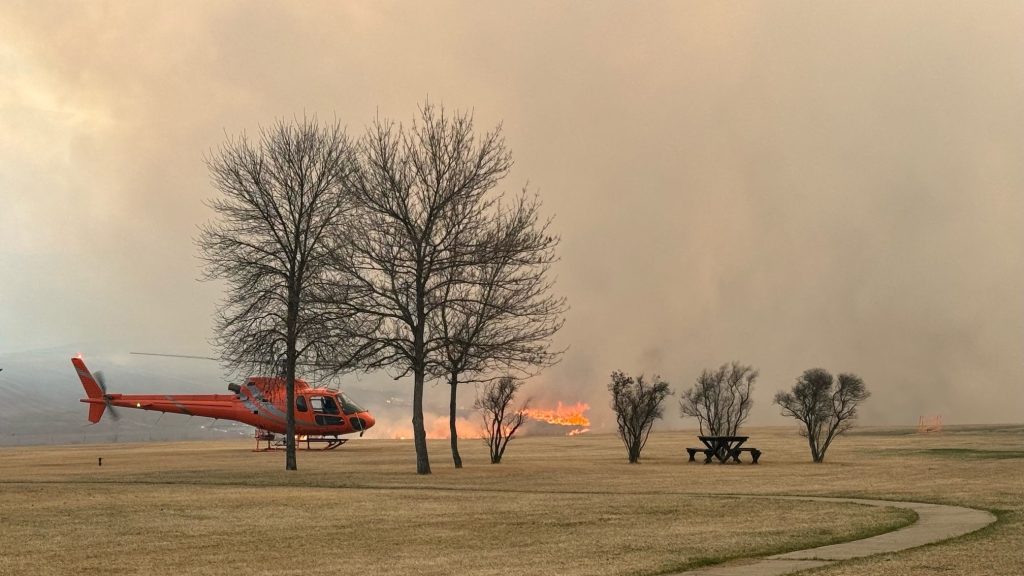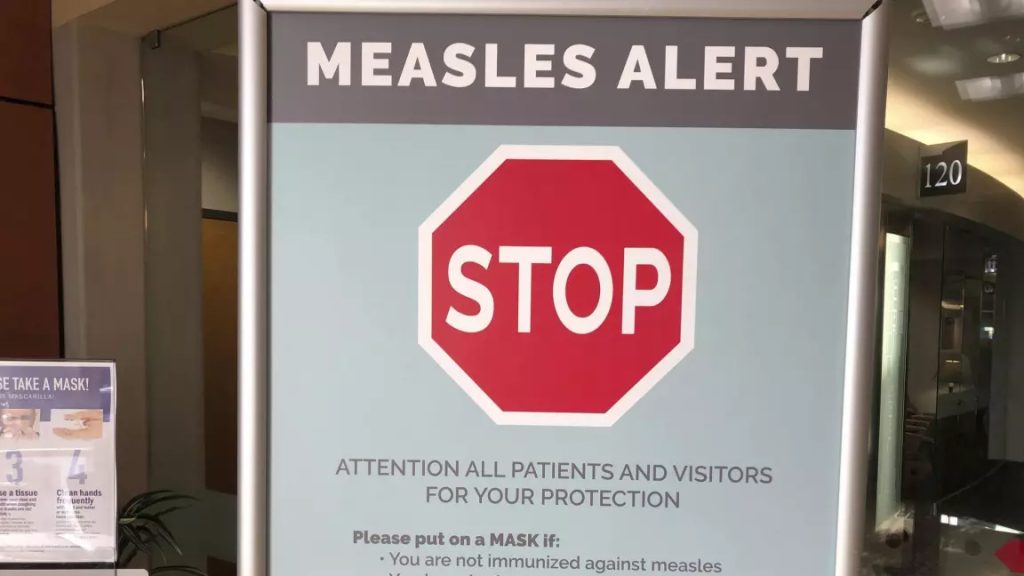Facts about E. coli, the reason for the Winnipeg water scare
Posted Jan 28, 2015 10:47 am.
This article is more than 5 years old.
TORONTO – Winnipeg, a city of about 700,000, was put under a boil-water advisory after routine sampling turned up some potentially harmful bacteria in the municipal water supply, namely the presence of E. coli and coliform at extremely low levels. No illnesses have been reported and the most recent tests came back clean, though the boil water advisory remained Wednesday. But why, in any case, does a test indicating a few bacteria trigger such an immediate and wide-scale response, a call for hundreds of thousands of people to boil their water before drinking it? Here are some facts about Escherichia coli, called E. coli for short.
Friend or foe?
There are many strains of this type of bacteria, most of them pretty harmless. We all have E. coli in our guts, for instance, and in that setting, the benign forms of the bacteria play a beneficial role.
But some strains — particularly one known as O157:H7 — are really dangerous. This is the strain of E. coli that was responsible for the tragic outbreak in Walkerton, Ont., in 2000, in which 2,500 people were sickened and seven died.
Microbiologist Herb Schellhorn, an E. coli expert at McMaster University in Hamilton, says initial testing would not distinguish whether the E. coli found in Winnipeg was harmless or potentially deadly, so the city needs to act. Additional testing will type the bacteria, he says.
“It’s like the difference between a tiger and your pet cat,” Schellhorn says. “O157:H7 if it’s present would be certainly an issue. More common types of E. coli that might have arise through chance contamination by handlers would be a different situation.”
What’s it doing there?
Whether the bacteria turns out to be bad E. coli or benign E. coli, there should not be any E. coli in the water system. It’s a sign that sewage or animal waste has somehow found its way into the water supply, Schellhorn says.
Because it’s a bacteria that lives in guts, E. coli signals the presence of fecal contamination of some sort. If this is O157:H7, it’s likely the source will be an animal, Schellhorn says. The Walkerton outbreak was caused when run-off from farm fields made its way into the water supply.
There’s another possibility here. The positive test might have been the result of contamination of samples in a lab, or contamination of the sampling equipment before the sample was taken. Authorities working to get to the bottom of this situation will explore that option, Schellhorn says.
A little goes a long way.
One of the reasons public health authorities move so quickly in a situation like this is that it does not take much E. coli bacteria to make a person ill.
Schellhorn says it takes only about 10 cells, which is a minuscule dose. To put that in perspective, if you see a photo of a lab dish in which E. coli colonies are growing, there would be millions of bacteria in that plate, he says.
Having bad E. coli in the water supply is especially dangerous because it’s like an express delivery system to thousands of households. Not everyone eats sprouts or rare hamburgers — foods which have been linked to earlier E. coli cases. But everyone uses water.
“Water is an instantaneous distribution to a large population,” Schellhorn says.
Symptoms, repercussions and treatment
Infection with pathogenic E. coli bacteria triggers vomiting and diarrhea.
One of the major concerns about the O157:H7 strain is that it can cause permanent damage to kidneys and the liver. A severe kidney condition called hemolytic uremic syndrome can develop, where the kidneys may actual fail.
According to the U.S. Centers for Disease Control, very young children and the elderly are more likely to develop severe illness and hemolytic uremic syndrome, but even healthy older children and adults can become very ill.
The CDC says antibiotics should not be used to treat O157:H7 infections because they may increase the risk of hemolytic uremic syndrome. The primary treatment is rehydration.
Note to readers: This is a corrected story. An earlier version contained an incorrect name for coliform.










